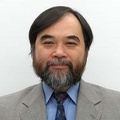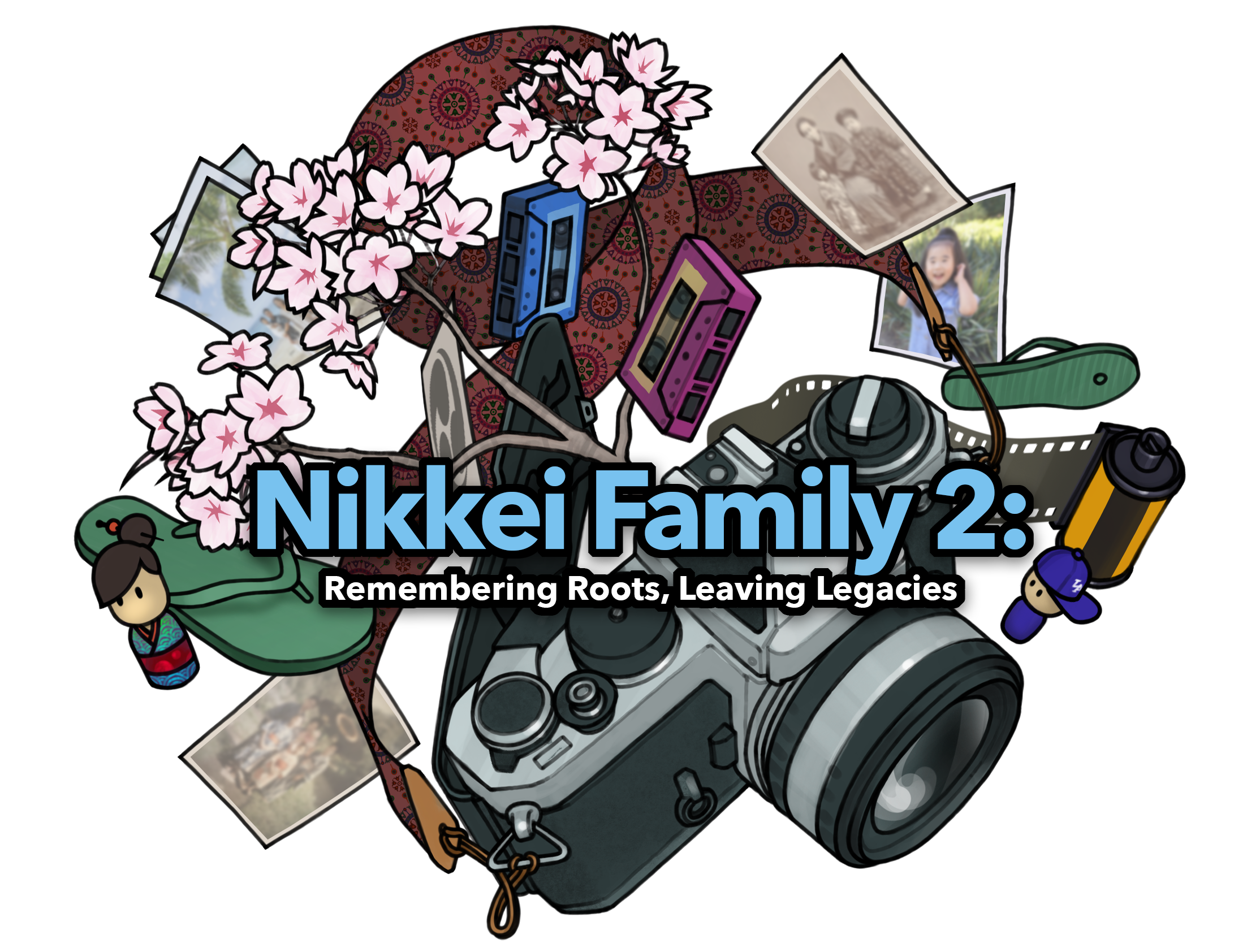>>Part 2
Expansion of circulation and area during wartime
The surprise attack on Pearl Harbor on December 7, 1941 (December 8, Japan time) was first reported in the 6852th issue. On that day, the Governor of Utah banned Japanese Americans in the state from going out and froze their bank deposits. Under these circumstances, the 6853rd issue was published on the 10th, with a front-page editorial urging cooperation from the first and second generation Japanese and calling for calm behavior, but the employees were unable to come to work, and with all Japanese newspapers in the United States being suspended from publication, the publication of the Utah Nippo was also temporarily halted. According to Kuniko's account to Uesaka, the FBI came on the afternoon of the 11th and ordered the company building to be sealed off and "to suspend publication until permission is given" (Uesaka, 1985, p. 137). During the suspension of publication, the newspaper was also ordered to secretly print Japanese documents under military supervision.
In the midst of the crisis of the outbreak of war between Japan and the United States, the loss of freedom of movement and the suspension of Japanese newspapers meant that most Issei were almost completely cut off from information. After the war began, the U.S. government authorities (federal, state, military, etc.) issued numerous notices and orders to the Japanese community, including the Issei, but there was no mechanism for adequately communicating the contents of these notices. In 1942 (Showa 17), Presidential Order 9066 was issued on February 19, giving the Army the authority to order enemy aliens to leave designated military areas. In response, Lieutenant General DeWitt, commander of the Western Defense Forces, ordered the evacuation of Japanese from three west coast states and southern Arizona on March 3. As a result, between April and October, a large number of Japanese, said to be about 120,000 people, were relocated voluntarily or forcibly to cities east of the mountain ranges or to relocation centers (wartime internment camps).
In the tense situation at the time, if necessary information was not conveyed, there was a high risk of unnecessary confusion. In such a situation, it seems that the U.S. government authorities began to pay attention to the usefulness of Japanese-language newspapers as a medium for thoroughly informing the Japanese community. The suspension of publication of all Japanese-language newspapers immediately after the outbreak of the war was partially revised around the time of the issuance of Presidential Order 9066. In California, although it was a short period when the Japanese people were increasingly leaving the state, several Japanese-language newspapers were republished and played a role in conveying government announcements (Tamura, 1992B, p. 381). In addition, two newspapers published in Denver, Colorado, which is located in the "Shandong" region in the central mountains, "Gezhou Shibao" (English name: The Colorado Times ) and "Rocky Nippon" (renamed "Rocky Shinpo" on April 12, 1943), were republished, as was "Utah Nippo". In the end, the only Japanese-language general newspapers that continued to be published in the United States during the war were these two Denver newspapers and the Utah Nippo (Kodama and Tamura, 1983).
The Utah Nippo, which was relaunched on February 25th (issue 6855 [issue 6854 is missing]), featured a message on the page entitled "A Request to Our Readers Regarding the Relaunch of Our Magazine," calling for readers to act with caution and to support the paper. The paper was effectively censored by the FBI after the relaunch. However, the paper also carried a fair amount of pro-Japanese editorials, such as by intercepting and publishing news broadcasts by the Japanese national news agency of the time, Domei, and it seemed that a certain degree of freedom of speech was tolerated. According to Kuniko's account to Uesaka, at the time, the FBI "repeatedly told us not to publish anything other than translations of American newspapers" (Uesaka, 1985, p. 206), but the FBI "was not overbearing at all, and instead took the stance of, 'We understand your feelings, but please remember that this is America'" (p. 182).
Originally, the Utah Nippo was distributed by mail outside the area surrounding the company, but after it was republished, the number of copies mailed increased rapidly as Issei who were scattered all over the country, including in internment camps, began to subscribe to it. The circulation of the Utah Nippo, which is thought to have been around 2,500 just before the outbreak of the war, exceeded 8,000 copies by mail alone at its peak, and swelled to around 10,000 copies. (Uesaka, 1985, p. 152, states that the number of copies in circulation just before the outbreak of the war was "only 356," but this is an error in assuming that the number of copies mailed outside the county where the publishing house was located was the number of copies in circulation. Tamura and Azumamoto, 1984, p. 206-207, estimate that around 2,000 copies were distributed within the county at that time.)
The expansion and range of readership was also reflected in the content of the paper, and from around May, correspondence from the various internment camps began to appear in the pages. Furthermore, as more people were resettled from the internment camps, information from various Japanese communities, such as in cities east of the mountains, gradually increased. Eventually, "branches" were opened in various places to send correspondence and handle distribution and subscription applications. It is unclear to what extent these "branches" had substance, but along with the readership, the paper's coverage was certainly expanding. In this way, this small local newspaper in Salt Lake City came to function as a hub for the Japanese community, as one of the few "national newspapers" during wartime.
The "national newspaper" during the war, "Utah Nippo," shared information about internment camps and communities around the country, reported on the state of the Pacific War while gradually incorporating Japan's position, and reported on the achievements and deaths of Japanese-American soldiers on the European front (Japanese-Americans with U.S. citizenship were subject to a volunteer system from January 1943 (Showa 18), and conscription from January 1944 (Showa 19)). In December 1944, the order for Japanese-Americans to leave the West Coast was rescinded, but the majority of Japanese-Americans remained in various places after that, paying attention to the current situation in the West Coast states reported by "Utah Nippo," and pondering whether they should return home or not.
On January 23, 1945 (Showa 20), Adachi Hiroaki, who had supported the production of the Utah Nippo for over 20 years, passed away from illness at the age of 72. Hiroaki had always been with the Utah Nippo, from the time of Azuo through the difficult times, but he passed away at the height of circulation. Hiroaki was an elder among the employees who had united under Kuniko, and his death marked the "beginning of the end" for the Utah Nippo.
*This article is taken from "Utah Nippo Reprint Volume 1" (1994), pp. 431-435, edited by Matsumoto Citizens Committee for the Reprint of the Utah Nippo, and is also available on the author's website .
© 1994 Harumichi Yamada








